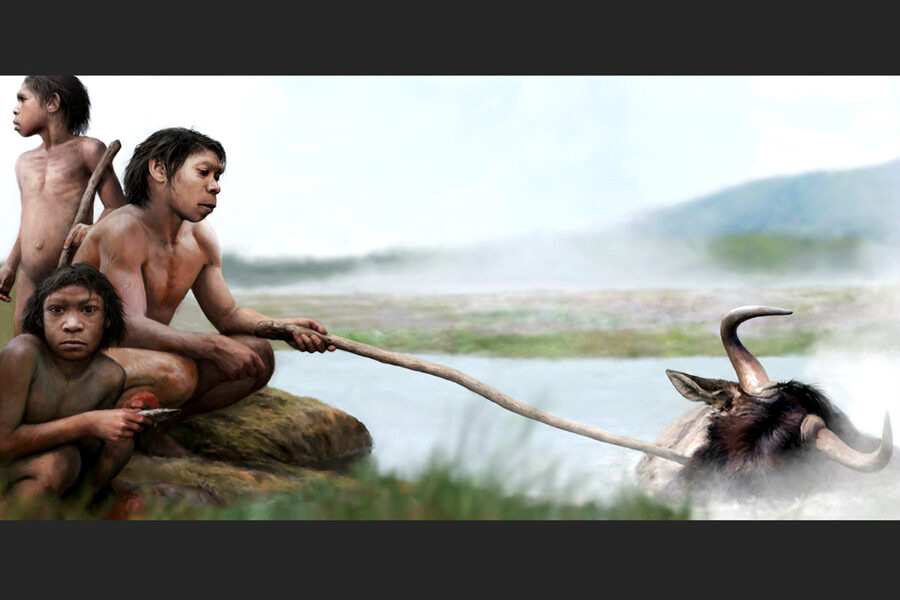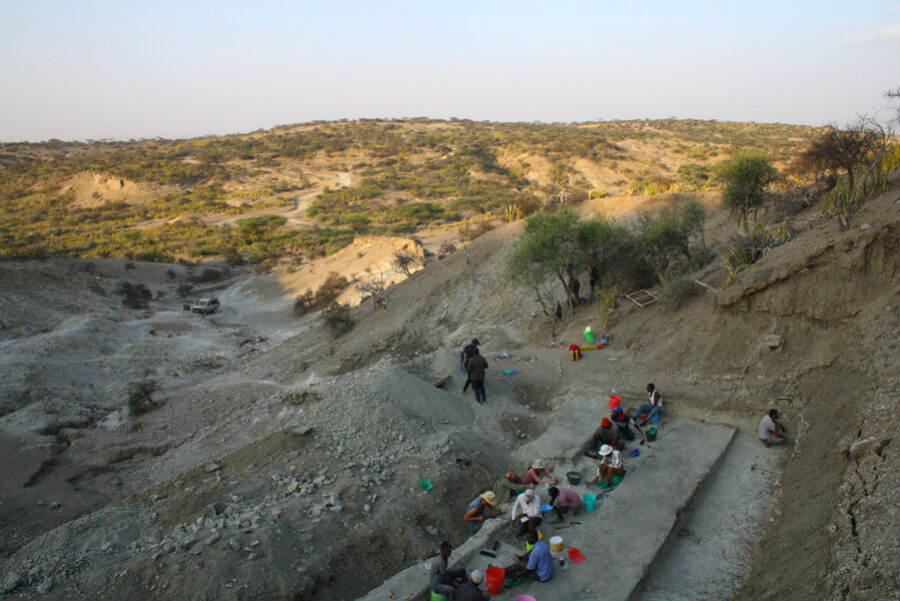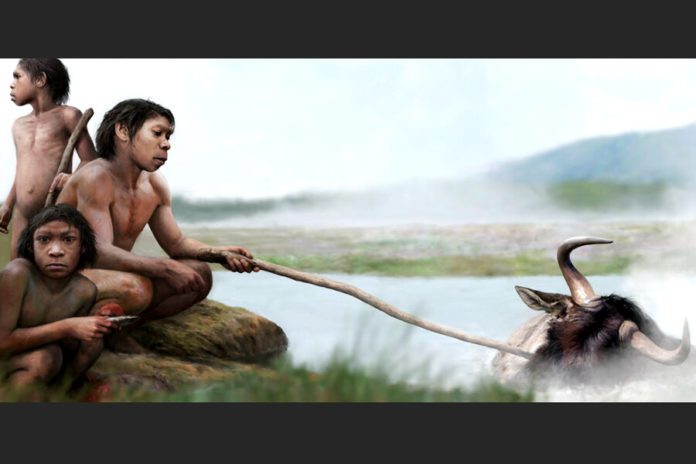
Credit: Tom Björklund
Anthropologists have discovered a 1.8 million years old early hominin settlement in Olduvai Gorge in northern Tanzania with some interesting evidence. The place has enough proof to say that some of our early ancestors settled and hunted there.
Adding to that, a team of scientists now have evidence that the area was in close proximity to hot springs. Its closeness to the settlement has the researchers believe that these hydrothermal resources may have been used as a source of cooking. The reason it gets interesting is that this may have happened long before the earliest evidence of using fire as a way of cooking.
According to Prof Roger Summons in MIT, “As far as we can tell, this is the first time researchers have put forth concrete evidence for the possibility that people were using hydrothermal environments as a resource, where animals would’ve been gathering, and where the potential to cook was available,”
What was so special about this site?
In 2016 archaeologists found a 3-kilometre long bedrock in Olduvai Gorge with sediments dating back 1.7 million years. But this sandy composition was on top of an interesting dark colour clay layer which was about 1.8 million years old.

Credit: Courtesy of Fernando Diez-Martin
It is now believed that around 1.7 million years ago, early hominids’ environment transitioned from a moist greener environment to a drier and grassland terrain. And while scientists were looking for signs of early tree existence, they found rather an unexpected observation in the sandy sediments.
They found a lipid that could not have possibly come from leaf wax but from a certain bacteria (Thermocrinis ruber) that only presents in hot springs which normally lives in water hotter than, 80 degrees Celsius. It is a hyperthermophilic organism.
Adding to that, these 1.7 million years old bacterial lipids were the same lipids produced by a similar bacteria that inhabit hot springs of Yellow National Park in the United States.
“They won’t even grow unless the temperature is above 80 degrees Celsius [176 degrees Fahrenheit]. Some of the samples we brought back from this sandy layer in Olduvai Gorge had these same assemblages of bacterial lipids that we think are unambiguously indicative of high-temperature water,” says Summons proving that there had been hot springs in close proximity to the Olduvai Gorge’s early hominin archaeological site.
They also found man-made stone tools and animal bones nearby the sediment area, suggesting they may have boiled their kill before having it. Scientists believe, it could have been either meat or tough plant or root parts that were boiled and eaten.
According to Prof Richard Pancost from the University of Bristol, “The authors’ comprehensive analyses paint a vivid picture of the ancient Olduvai Gorge ecosystem and landscape, including the first compelling evidence for ancient hydrothermal springs. This introduces the fascinating possibility that such springs could have been used by early hominins to cook food.”
It is still unclear as to how they used the hydrothermal resource to cook their meal. There are several theories. An animal who fell into the hot spring may have been fished out as a pre-cooked food. Or else they may well have dipped their kill/ meat or plants/ roots to get a mellow texture by boiling which allowed easy digestion afterwards. Whichever it be, the thought of our ancestors a few million years ago did boil their meal, even before inventing fire is just extraordinary.
The team is now planning to further investigate similar archaeological sites around the world to get a clear picture of this idea. The study has been published in the journal Proceedings of the National Academy of Sciences

